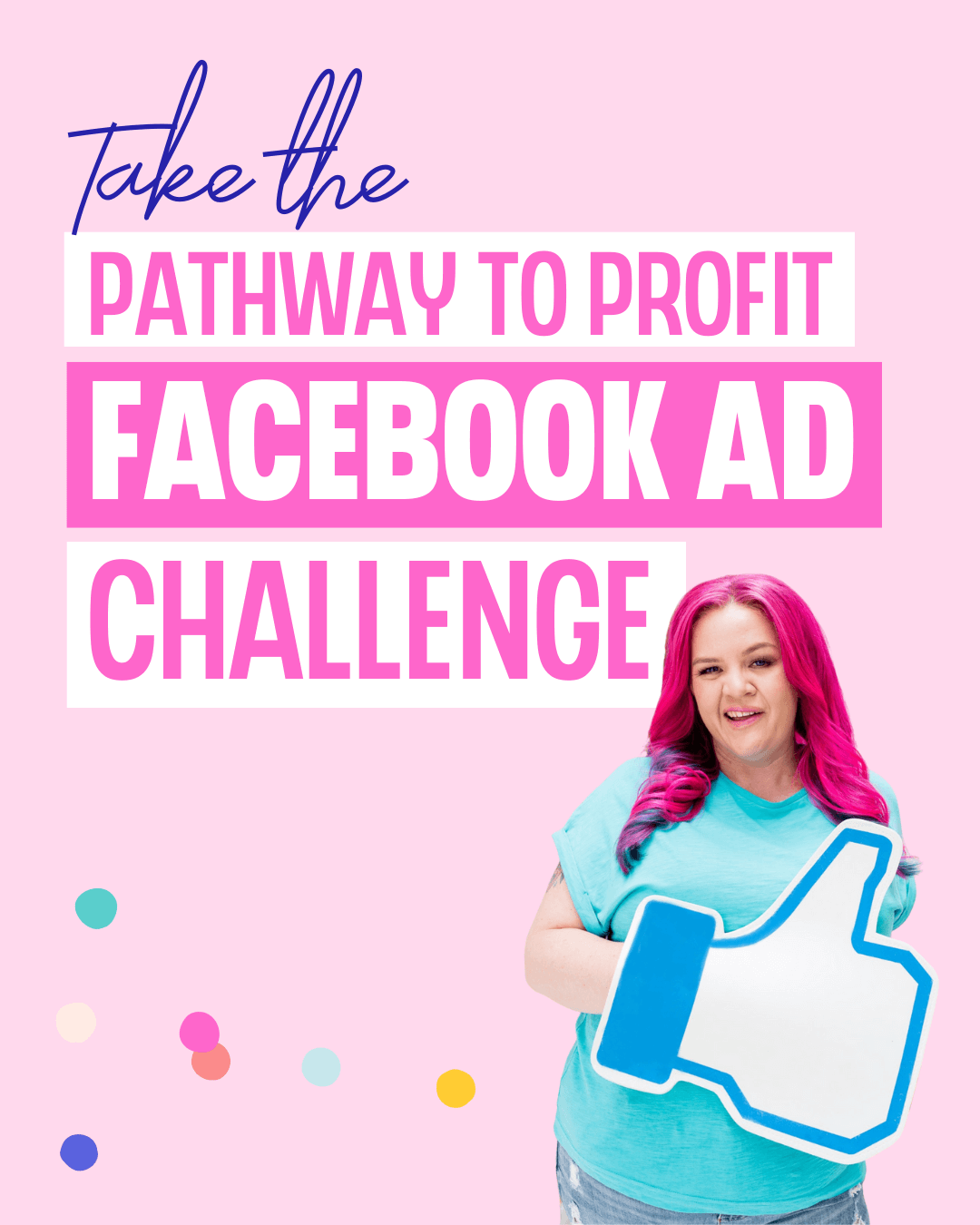This question came through in a group I’m in the other day:
I have quite a few views and adds to cart but not that many sales. The other day I had 22 adds to cart, but only 2 people went through with the purchase 😭 This seems to be a common trend for my website. I’m not sure what I could be doing that may be putting people off making the purchase. Does anyone have any advice on what I should do to get a higher conversion rate?
The answer is not a simple one-liner so I wanted to write a blog to answer it properly.
What is an abandoned cart?
Firstly, let’s look at what an abandoned cart is. An abandoned cart is when someone adds to cart but does not check out.
It’s important to note that abandoned carts are to be expected. The average abandon cart rate is 68%. This may seem high to you, but once you understand that it’s just part of the eComm game, you can look at what to do to decrease your abandon cart rate and get more sales on your website.
Work out your abandon cart rate
As we tell all our students “you can’t manage what you don’t measure” so it’s really you know what your abandon cart rate is.
Abandon cart % = (# of add to carts – # of completed purchases) / (# of add to carts) x 100
Once you know your abandon cart rate you can make changes to your site to improve your abandon cart rate. Tracking and measuring it regularly allows you to see what’s moving the needle.
So let’s look at what we can do to decrease your abandon cart rate and get more people to purchase from you once they have added to cart.
I like to look at this from two angles.
- On-site conversion assists: what happens while they are still on your site
- Off-site conversion assists: what happens once they leave your site
On-site conversion assists
It is really hard and really expensive to get people to your website, right. And once they have added to cart they are sooooo close to making that purchase and giving you a reason to do a happy dance.
Let’s look at what we can do on your website to minimise people leaving your site before making their purchase.
Shipping costs
Unexpected shipping costs are one of, if not THE, top reasons why people will abandon their cart. I recommend that you give people a way to qualify for free shipping, whether this is free shipping on all orders or a free shipping threshold. From the first moment someone visits your site you want to be crystal clear as to what your shipping costs are so there are no surprises when they get to the checkout. Check out this article to deep dive into whether or not you should offer free shipping.
Trust
Trust, or lack-off trust, competes with shipping costs for the number one reason why people abandon their cart.
People are taking a leap of faith when they shop online. They need to trust that the product is as good as you say it is. They need to trust that they can return it if they don’t like it. They need to trust that it will even show up at all. They need to trust that their payment details are safe.
So you want to include as many trust-building elements into your site as possible. This includes security badges, reviews from other happy customers and a very clear returns policy.
Include these trust-elements throughout your website — and on your checkout page.
Social proof
As mentioned above, social proof is a way of building trust. It’s so important I think it’s worth a mention on its own. Social proof works by tapping into one of our most primal psychological behaviours. Our ancestors would have used this for survival: “If they are eating the berries and not dying, then they must be safe”. We use this in a less life-or-deathy way: “if they have bought it and loved it, then it must be good”. Bring social proof in by showcasing customer reviews, user-generated content and any proof-boosters such as “over 20 thouand happy customer”.
Off-site conversion assists
Now as we know, abandon carts are part of the eComm game. So instead of poo-pooing the inevitable, we can be proactive and pragmatic. There are some really powerful ways to get people who have abandoned their cart and left your site to return to complete their purchase.
People abandon cart for any number of reasons. Sure, they could decide that they don’t want to buy your product… or life could’ve simply got in the way. Their kids started screaming, their boss walked in on them while they were shopping online at work, Brad Pitt called, etc.
Once they’ve dealt with what life threw at them they could still be keen to buy from you but remember not everyone is thinking about your online store as much as you are. They need reminding.
Let’s look at ways to remind them to come back and complete their purchase.
Email sequences
Abandon checkout email sequences are super powerful in converting abandon carts into purchases. Make sure you have these set up automatically.
I once had a client who turned over $50k a week and before we started working together they were doing a manual download of all abandon checkouts at the end of the month and bulk emailing them. This is how NOT to do it.
By automating the process you save yourself precious time, but you also make sure that people get the email within a timeframe when they are still hot.
Facebook & Instagram ads
Have you ever been on a website looking at a pair of earrings, and next thing you know those EXACT earrings are in your Facebook or Instagram newsfeed? That’s not a sign from the universe, that is Facebook retargeting.
You can use Facebook ads to deliver specific ads to only those people who have abandoned cart. Abandon cart ads are cheap because it’s a very narrow audience, and because of this they generate a very high return on investment.
Our boutique Facebook Ads Agency does this for our clients and here’s a screenshot of some of our clients’ abandon cart ads:

To be able to run abandon cart retargeting ads on Facebook and Instagram, you need to make sure your Facebook pixel is installed properly. The pixel is a free piece of code that you install on your website and it allows you to create audiences based on the actions people take on your website. You also need to set up your Facebook ad campaigns in business manager to target only those people who’ve added to cart, but not purchased yet.
Messenger bots
You can also install a Facebook messenger bot to message people to remind them of their cart. This is similar to an email, however it’s delivered to people messenger inbox. Remember, trust is one of the most important elements when it comes to converting a sale — so you need to be careful with this one. The messenger inbox is still held as a personal domain and you don’t want to come across as invading someone’s privacy just to get a sale. That just feels yuk. You also need to be careful to follow Facebook’s rules and guidelines. But, when done well, this strategy works to get people to come back and complete their purchase.
The Final Word
Now you know that abandon carts are a normal part of running an eCommerce store, hopefully, you will be proactive and pragmatic about decreasing your abandon carts, encouraging people to come back and complete their purchase and ultimately make more sales on your online store.
Want more on this topic?
- Join our free Facebook Group for lots of free trainings and more great info.
- Feel free to ask questions or comment with your key takeaways on this article. We will always read and reply to your comments.

Written by Megan Winter
Megan is an award-winning marketer and has worked with some of the fastest-growing eCommerce brands in the world.
Megan loves helping ethically-produced, heart-centred, soul-driven online store owners to make more income and achieve more impact.


